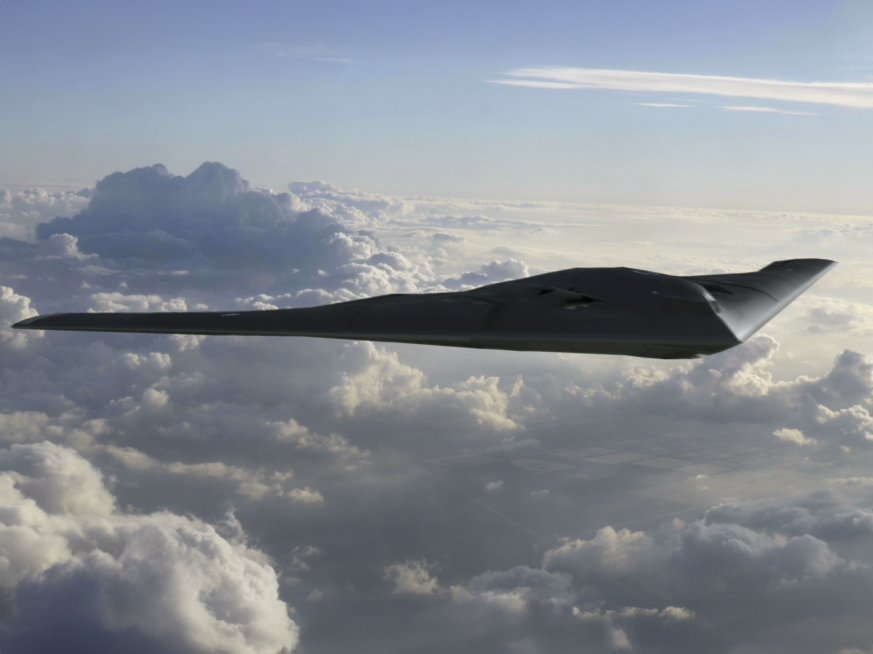The National Defense Strategy Project
What is the biggest threat to the United States—and what should the military do about it? Where should the United States position its forces around the world? How should the US military adapt to the age of artificial intelligence (AI) and the weaponization of space? These are just some of the questions that must be addressed in the next National Defense Strategy (NDS), the foundational document through which any new administration articulates its vision for US defense policy. Published by the Department of Defense (DoD), it establishes the principles that guide US military force design, capability development, global posture, operational planning, and resource allocation.
The second Trump administration’s forthcoming effort is no ordinary NDS. It will define the DoD’s defense posture, US force structure, and modernization priorities for the next four years in a period of intensifying strategic competition, rapid technological disruption, and evolving global threats.
Against this backdrop, the Atlantic Council’s National Defense Strategy Project outlines the priorities the DoD should address in its next NDS. Our experts offer practical recommendations for implementation and identify where the United States must adapt to preserve its strategic edge and strengthen national resilience. A forward-looking defense strategy will be essential to ensuring military readiness, reinforcing deterrence, and protecting national interests—and it will play a pivotal role not only in responding to current challenges but in anticipating those on the horizon.
Read the issue briefs
Related Content
Explore the program

Forward Defense leads the Atlantic Council’s US and global defense programming, developing actionable recommendations for the United States and its allies and partners to compete, innovate, and navigate the rapidly evolving character of warfare. Through its work on US defense policy and force design, the military applications of advanced technology, space security, strategic deterrence, and defense industrial revitalization, it informs the strategies, policies, and capabilities that the United States will need to deter, and, if necessary, prevail in major-power conflict.
Image: US Secretary of Defense Pete Hegseth, alongside Polish Deputy Prime Minister Wladyslaw Kosiniak-Kamysz, visited the Army Prepositioned Stocks-2 (APS-2) site in Powidz, Poland on February 15, 2025.
